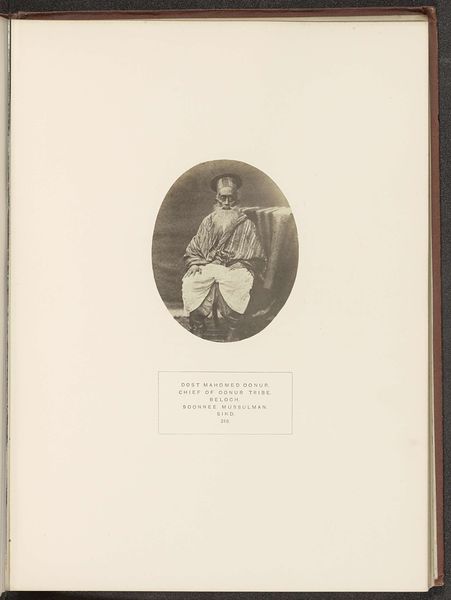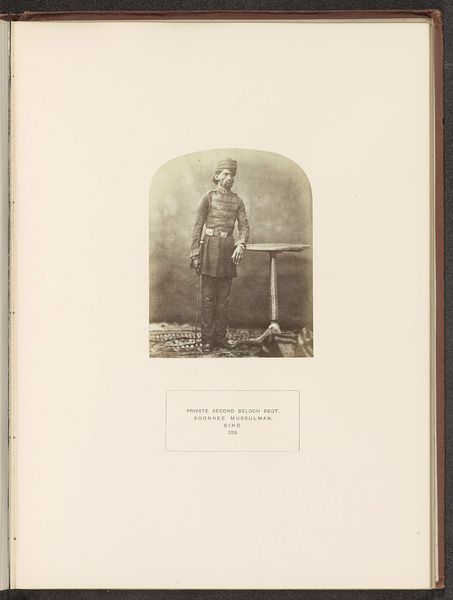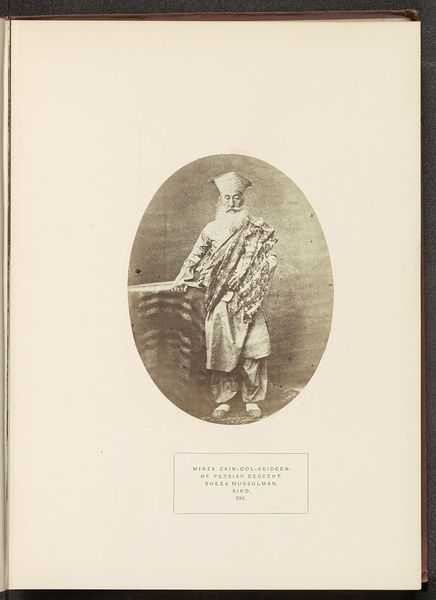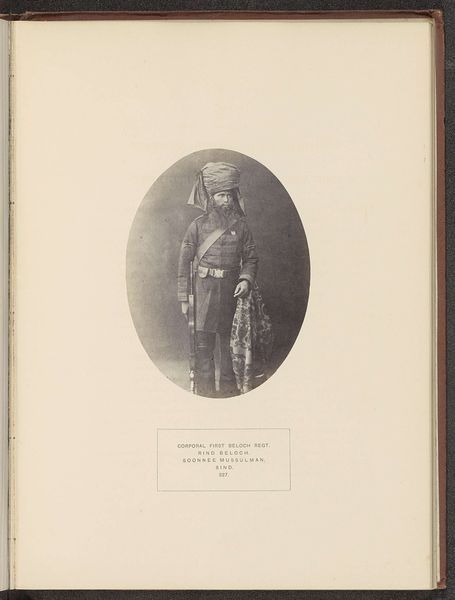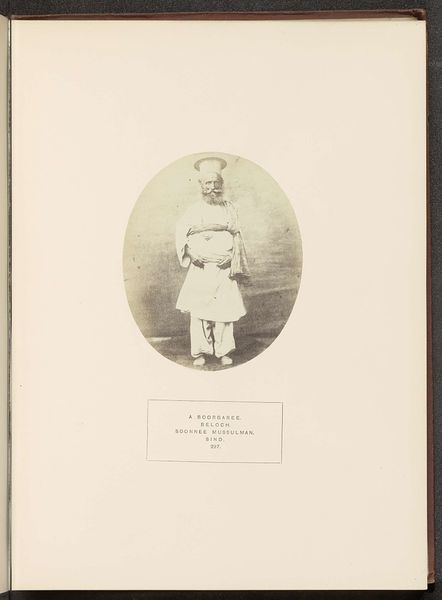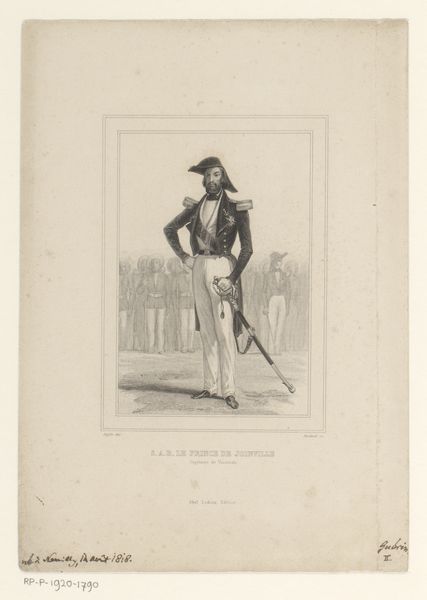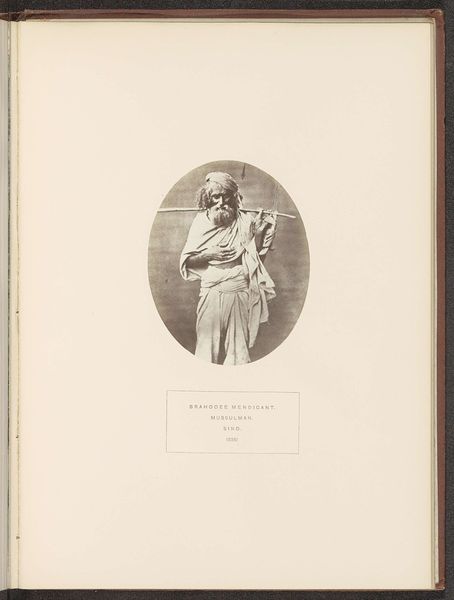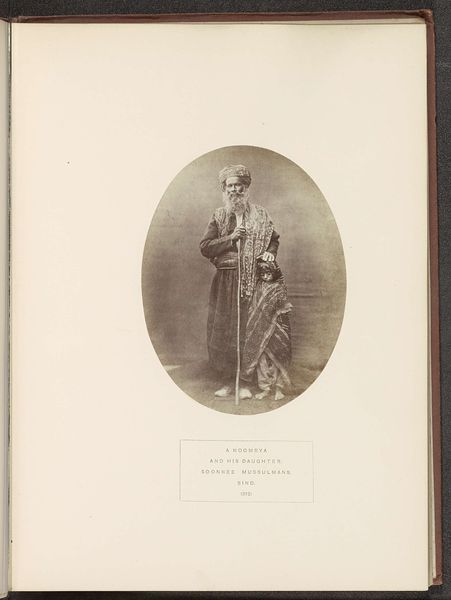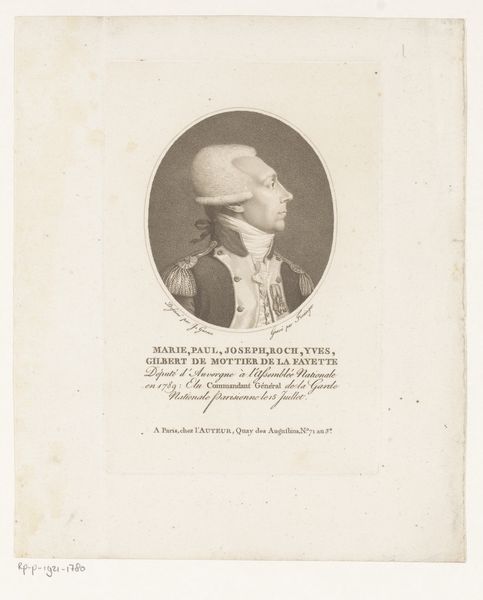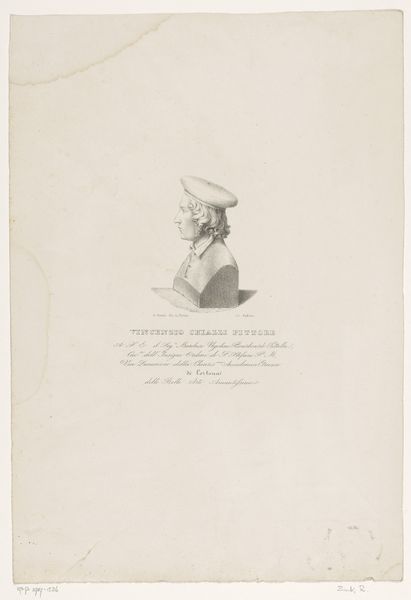
Portret van een onbekende man van de Ponhar-stam uit Sindh before 1872
0:00
0:00
photography
#
portrait
#
african-art
#
figuration
#
photography
#
ancient-mediterranean
#
realism
Dimensions: height 139 mm, width 100 mm
Copyright: Rijks Museum: Open Domain
Henry Charles Baskerville Tanner created this albumen print, titled *Portret van een onbekende man van de Ponhar-stam uit Sindh,* sometime in the mid-19th century. The image is more than just a record of an individual; it’s a product of British colonialism and the Victorian era's fascination with cataloging and understanding the diverse populations under its rule. The photograph captures a man from the Ponhar tribe in Sindh, now part of modern-day Pakistan. During this period, the British Empire exerted significant influence over the region, leading to extensive anthropological studies. Tanner's portrait reflects the colonial gaze, framing the subject within a visual language that emphasizes the exotic "other." The term Soonnee Mussulman is also indicative of the British ethnographic efforts that categorized people by religion and social group. Understanding this image requires considering the power dynamics inherent in colonial photography. Archives and historical records can shed light on the motivations and biases of the photographers and the institutions. Ultimately, this photograph serves as a reminder of the complex interplay between art, science, and empire.
Comments
No comments
Be the first to comment and join the conversation on the ultimate creative platform.
